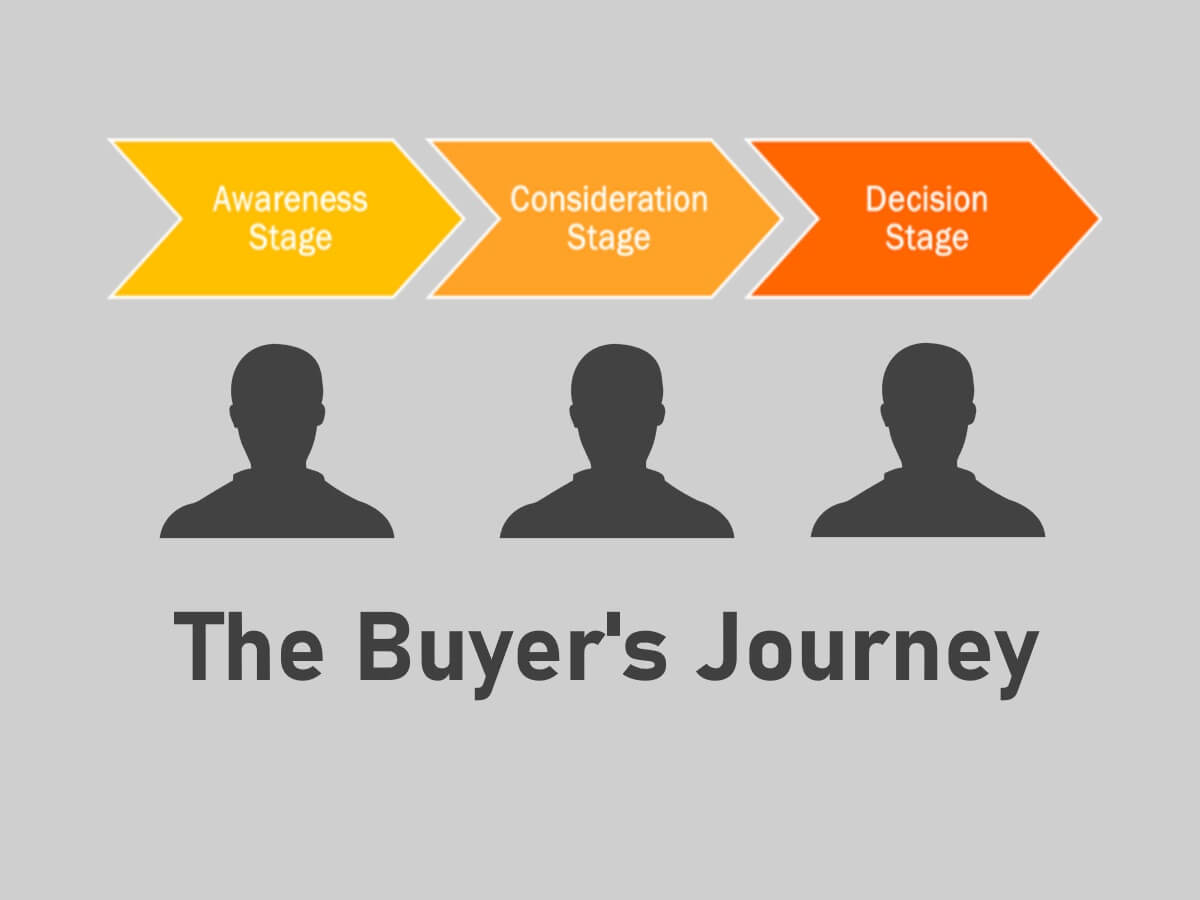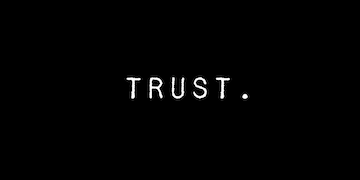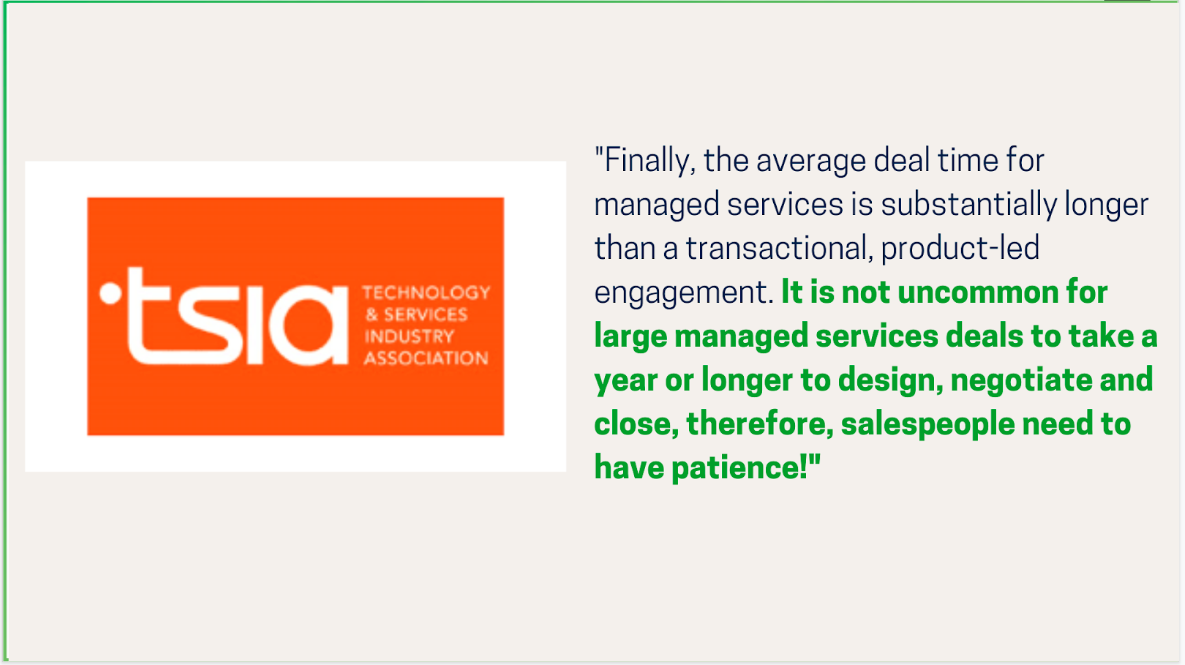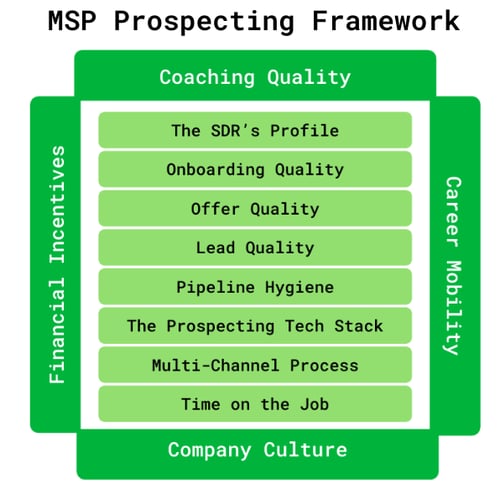
Imagine this scenario.
Your MSP is 15 years strong. Your clients appreciate you. They feel the impact your services have had. They feel more secure because they are more secure.
But there's a problem. Referrals are dry. Warm leads just don't come any more. And this bothers you. You want more top-line growth because it will enable lots of good things: more delegation, the ability to promote good people on your team, to offset the risk of an unforeseen churn, and because you want more profit!
So you come up with a solution: you'll hire a Sales Development Rep (SDR). Someone who can get out there and get you introductory meetings with qualified local businesses.
It sounds simple enough. They hunt. You close. Simple enough!
However, you don't have a tried and true process for this new hire. You don't have a lot of time to figure it out. You have high expectations from this individual but you're not sure of what obstacles might come your way.
Sound too familiar?
Good, then you'll get value from this.
Before hiring an SDR, it's important to step back and observe the forest. Because if we have the wrong expectations, we'll most likely end up disappointed.
Unfortunately, most MSP Presidents have been misinformed about outbound.
Misinformed on what to expect from an SDR, about a reasonable timeline for closing new logos, misinformed about the demands of managing the process, and finally, wrong about the mindset that most cold prospects have at first.
Let's break it down.
Referrals differ from cold prospects in two fundamental ways.
The first is timing. Referrals are introduced at the decision-stage. They are in an active buying mindset. They know their problems in terms of business impact and the solution is to sign up for managed services. This is why your friend or client introduced them to you.
But for cold prospects, some are in decision-stage, but most are in consideration or awareness stage.

Awareness and consideration stage means they are not looking to make a change to a new MSP right now. Instead, they are aware or considering that they may have a problem with their existing IT experience.
But wait? I can already see the alarm bells going off in your head.
"If a prospects isn't in decision-stage to switch, then why bother meeting them at all?"
The simple answer is to start the trust-building process. The goal is to start earning their respect and trust so that when they become ready to consider changing MSPs, they remember how you educated them and how things may turn out better with your MSP.
And this gets us to the second big difference between referrals and cold prospects.

Referrals already trust you because their friend recommended you. That's worth re-reading.
Referrals already trust you because their friend recommended you.
But cold prospects do not automatically trust. I mean, they were cold-called! They hope what the SDR said is true:
And so, it's no surprise that it will require more effort and skill on your MSP's part to earn their trust.
Trust-building is a process unto itself (we call it Demand Generation). It's outside the scope of the SDR's job. It requires patience and putting on the education vCIO hat. It takes time to execute and involves other skill sets that fall into marketing. You need to think about this.
If you skip this, then you will have bad commission breath. Your focus will be too much on selling and not enough on trust-building. It won't work.
On average, how long does the sales cycle take for cold-prospects to convert into new managed services customers?
According to our data in working with many MSPs it's averaging 218 days.
But don't just take my word for it.
Here is what the VP of TSIA, George Humphrey, says about sales cycles for managed services.

But don't just take George's word for it, either.
Here is what CSO Insights has found out about average cycles.

The reason it's long is easy to understand when we're honest.
Change is hard. Switching MSPs is a big decision.
And since most sales cycles start with prospecting (not referrals!), where prospects are in the awareness or consideration stages, of course it takes more than we want it to.
SDRs cannot control what stage the prospect is in and they shouldn't try to. A cold-call is not an appropriate time or place for anyone to run a discovery conversation. Even if the prospect has time, SDRs are not experienced enough to do discovery effectively yet.
What to expect depends on many factors. Check out the MSP Prospecting Framework below to see which factors affect outcomes.

Get one factor in the framework wrong and the output will be unpredictable, take longer than it should, or worse, never generate anything at all.
But let's stay that it is all done well. An MSP should expect an average of 12 meetings per quarter, or said another way, 4 FTAs (first-time appointments) per month.
And beyond the appointments, a good SDR is skillfully persuading prospects to opt-in to receiving your marketing materials like bulletins and event invitations.
Not only that, a good SDR is also learning who the decision-makers are, whether they work with another IT provider (MSP, Break & Fix, etc.) and when it would be a good time to re-engage them for a possible appointment.
So the KPIs are primarily in the form of appointments booked. opt-ins for marketing and finally, marketing intelligence gathering.
An SDR is usually new to outbound sales and to working in an MSP. Unfortunately, "outbound prospecting for MSPs" was not in the college course catalog!
And so, a lot falls on the Sales Manager's shoulders. The coach needs to put careful consideration into each of the components of the MSP Prospecting Framework in order to get satisfactory results.
In Simple Selling, we spend hours every single day on the various components of the framework. It's a full time job for us. But for an MSP President, it may be something they can dabble in a few hours here and there, but it will be hard to get it all right.

The MSP President either needs to seriously find 15 hours per week minimum for this or at least considering bringing in an outside expert to make due.
Once a week or so we send an email with our best content. We never bug you; we just send you our latest piece of content.
